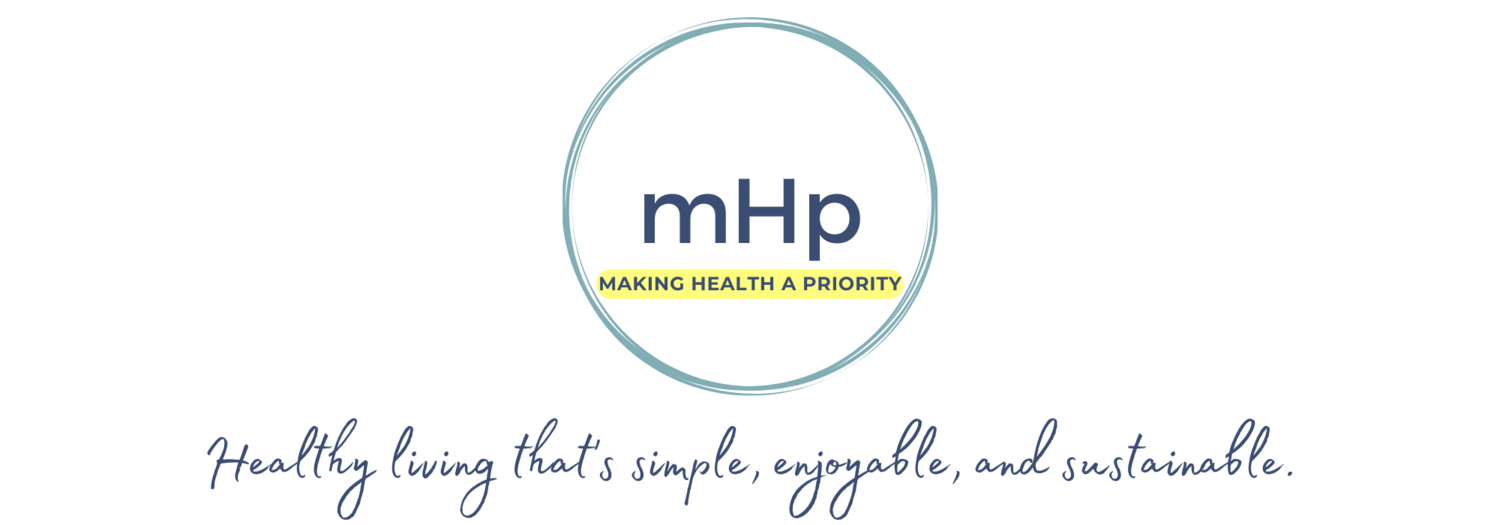Simple WFPB Chili
For week #42 of my 2018 challenge to try one new whole-food plant-based (WFPB) recipe each week, I made meatless chili.
Similar to my bruschetta recipe, chili is not an exact science for me. Mine is a little different each time I make it, depending on what I have on hand and what my taste preferences are in the moment. If you're a person who needs exact measurements, you might want to search some other chili recipes online. :)
Rather than serving as a go-to “perfect chili recipe,” I hope this post will spark some ideas of how you might batch-prep meatless chili, which can complement many meals.
Chili is a staple in my household because it freezes nicely and is so versatile — you can eat it by itself, add it to a baked potato, have it with tortillas (for smothered burritos or loaded nachos), add it to rice, add additional veggies to it (like mushrooms, kale, corn, avocado), etc.
In my opinion, meatless chili is pretty hard to mess up. You basically dump cooked beans, canned tomatoes, spices, and any other veggies you like.
Recently I bought an Instant Pot, which works really well for cooking dry beans. During week #42, I ended up cooking 2 pounds of small red beans and 1 pound of black beans in it (not at one time). I decided to take all of the cooked beans and combine them into a massive pot of (basic) chili, which I could freeze and add to various meals later on. Below is my general method for making chili.
What I like about chili:
It’s a great dish to batch-prep.
By cooking beans yourself, you can save money and control sodium content.
A great source of plant-based protein (and iron, zinc, fiber, folate, and potassium).
Versatile - Pairs well with a number of dishes.
What I ended up using/doing:
Note: These are more like “loose guidelines” for making basic chili.
Start with some veggies for flavor. I like to chop up some onion, celery, carrots, garlic, and bell pepper. Add a little salt. I boil them in water until soft. This usually comprises a little under 1/4 of my pot.
Add cooked/drained beans. This usually comprises a little under 1/2 of my pot. I like to cook dry beans ahead of time, but if you’re pressed for time, you can use canned beans. (Rinse the canned beans in a colander first.) I usually use a combination of red beans and black beans, but you can use whatever you like.
Add canned tomatoes. I like to use a combination of crushed and diced tomatoes. I typically add at least one can of Rotel to give it a little heat. This usually comprises about 1/4 of my pot, but you can change ratios according to your taste preferences. (Add less beans and more tomatoes if you prefer.)
Get the consistency you want. Add additional water if it’s too thick. Or if you want a thicker sauce, you can puree some of the mixture.
Season. Add salt, pepper, chili powder, and any other seasonings you like to taste. (If making a large pot, I’ll use an entire small jar of chili powder.) I also add a couple teaspoons of pure maple syrup or honey.
Enjoy!



Thanks for checking out my blog! To learn a bit more about me, click here. If you would like to join my email list, you can subscribe here. You can also "like" the Making Health A Priority Facebook page by using the icon at the bottom of this page. Wishing you the best on your journey to better health!
Kiley Owen, PA-C